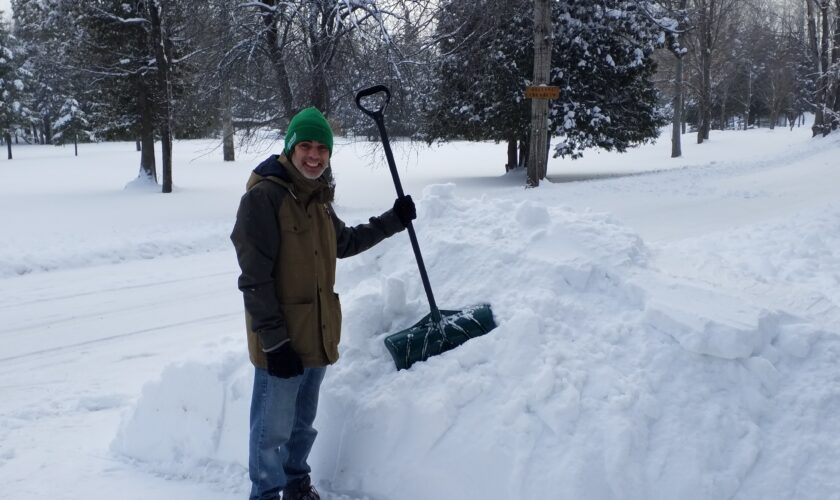Starting a vegetable garden can be a fun and rewarding experience. Whether you’re growing vegetables for the first time or you’re an experienced gardener, it’s important to avoid common mistakes that can lead to disappointing results. In this blog post, written by ChatGPT and Matt Mernagh we’ll discuss common mistakes to avoid when starting a vegetable garden.
Starting a Vegetable Garden Begins with Planning
One of the biggest mistakes people make when starting a vegetable garden is not planning their garden before they start planting. Before you start digging and planting, take the time to plan out your garden. Decide what you want to grow and where you want to grow it. Consider the amount of sunlight each area of your garden receives and the amount of water your plants will need. You should also consider the type of soil in your garden and whether it will need to be amended.

Another important consideration when planning your garden is the layout. You should think about how you will arrange your plants so that they receive enough sunlight and don’t shade each other.
You should also consider the spacing of your plants to ensure that they have enough room to grow and don’t become overcrowded. I have a tendency to crowd my plants, especially the tomato plants.
When planning picture how big the plants will be at their full size, which can be challenging when they are so small to start.
Know the Best Time to Plant Your Vegetables
Different vegetables have different planting schedules, and it’s important to know when to plant each type of vegetable to ensure a successful harvest.
Many Canadians opt for the May long weekend as their default starting a vegetable garden date, but I personally use the long weekend to get the beds ready.

Then the following weekend or even during the week after work, I’ll starting planting.
Some vegetables, like peas and lettuce, can be planted early in the spring as soon as the ground thaws. Other vegetables, like tomatoes and peppers, need to be planted after the last frost of the season. You should also consider the length of your growing season when planning your planting schedule.
It’s also important to consider the climate in your area. If you live in a hot and dry climate, you may need to plant your vegetables earlier in the season to avoid the hottest part of the summer. If you live in a cooler climate, you may need to wait until later in the season to plant your vegetables.
Tips to Starting a Vegetable Garden
In addition to planning your garden and knowing when to plant your vegetables, there are other common mistakes to avoid when starting a vegetable garden. These include:
Overwatering or underwatering your plants: It’s important to water your plants regularly, but not too much or too little. Overwatering can lead to root rot, while underwatering can lead to stunted growth and a poor harvest.
Not fertilizing your soil: Your plants need nutrients to grow, and it’s important to fertilize your soil regularly to provide those nutrients. You can use compost, manure, or a commercial fertilizer to fertilize your soil.
Not controlling pests and diseases: Pests and diseases can quickly destroy your vegetable garden. It’s important to monitor your plants regularly and take action if you notice any signs of pests or diseases.
Neglecting your garden: Your vegetable garden needs regular care and attention. You should weed your garden regularly, water your plants as needed, and harvest your vegetables when they are ready.
Starting a vegetable garden can be a fun and rewarding experience, but it’s important to avoid common mistakes that can lead to disappointing results. By planning your garden before you start planting and knowing the best time to plant your vegetables, you can ensure a successful harvest.







